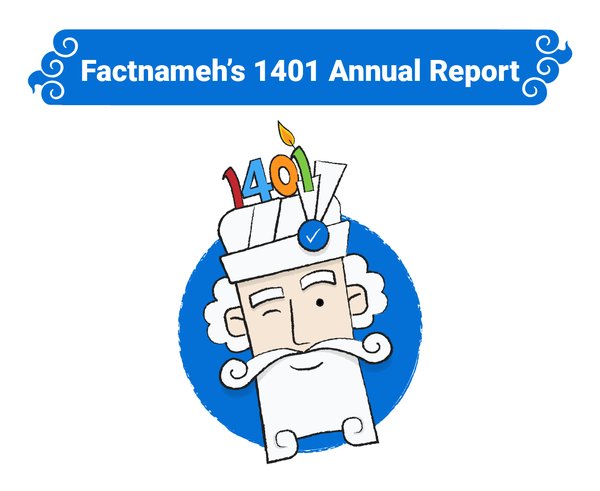
Factnameh’s 1401 Annual Report
Throughout the Persian calendar year 1401 (March 21, 2022 to March 20, 2023), Iran’s mis/disinformation landscape had substantially evolved as the country went through tumultuous events, including the nationwide anti-government protests that started in September 2022 after the death of a 22-year-old Zhina (Mahsa) Amini in police custody. In this summary of the Factnameh 1401 Annual Report, we look at the changing trends in Iran’s misinformation landscape and the proliferation of false narratives during nationwide protests and international crises.
As falsehood thrives during times of uncertainty and instability, in the past year, Factnameh published 8 in-depth reports and 299 fact-checks, 60 of which were related to the Zhina (Mahsa) Amini protests and 21 addressed mis- and disinformation about women. The majority of claims fact-checked by Factnameh this past year were found to be false, outrageous, or misleading, with only 9% being true or half true.
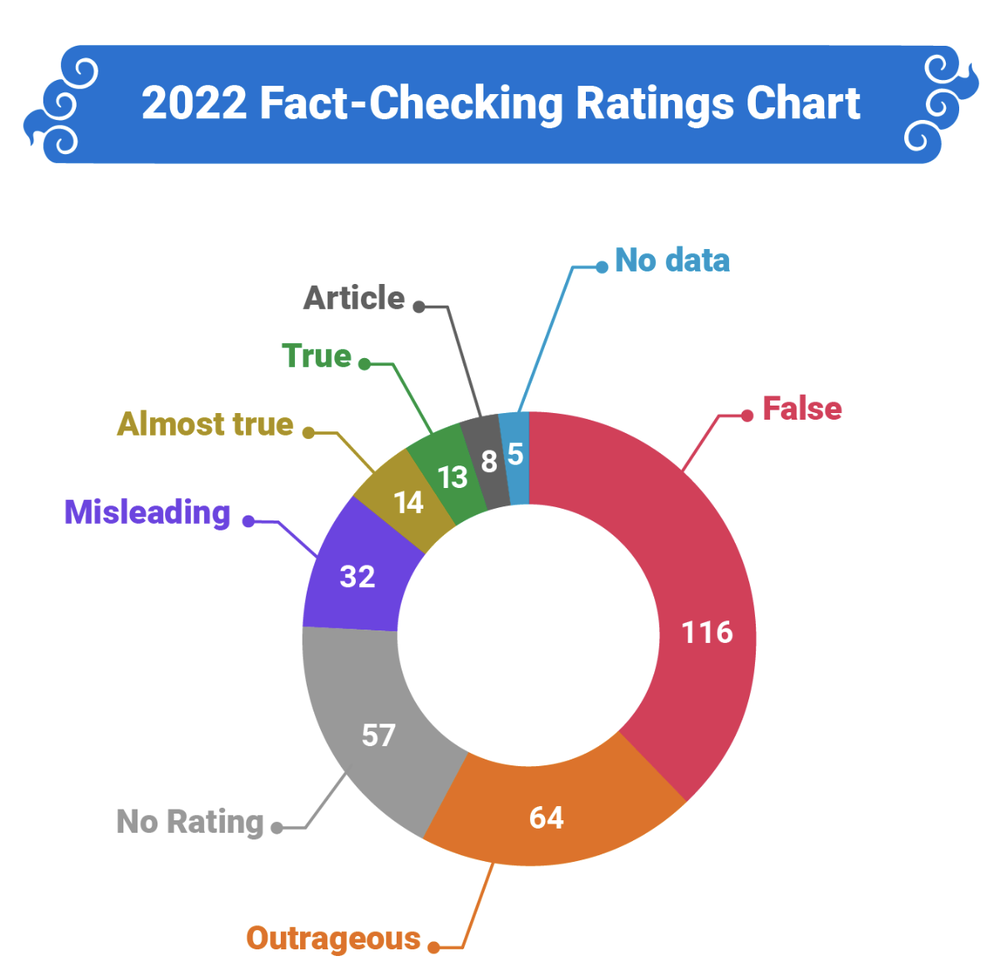

Disseminating fact-checking content through multimedia content
In recent years, fact-checking work has transformed with more fact-checkers, including Factnameh, utilizing multimedia content, such as podcasts, videos, and social media posts, to reach a wider audience where false information is rampant. Besides short videos and podcast episodes, in the year of 1401, Factnameh published two documentaries.
The first one was a 45-minute documentary titled "Khamenei and COVID-19 Conspiracy." Since the start of the pandemic, Iran’s Supreme Leader, Ali Khamenei, has been tirelessly promoting conspiracy theories about the origin of the virus and obstructed the import of vaccines and the assistance from Doctors Without Borders based on unfounded claims. The official data shows that more than 150,000 people in Iran have died from COVID-19, but some unofficial data suggests that the actual death toll could be up to three times higher. The Factnameh documentary examines the origins and consequences of the COVID-19 conspiratorial positions taken by the Supreme Leader.
The other was a 10-minute short documentary on Russian forces’ use of Iran-made Kamikaze drones in their invasion of Ukraine. Despite Iranian authorities’ constant denial, the documentary laid out substantial evidence and comprehensive data showing that Russia indeed used hundreds of Iran-made drones to target civilian infrastructure in Ukraine and shedding light on the disinformation spread by Iranian officials.
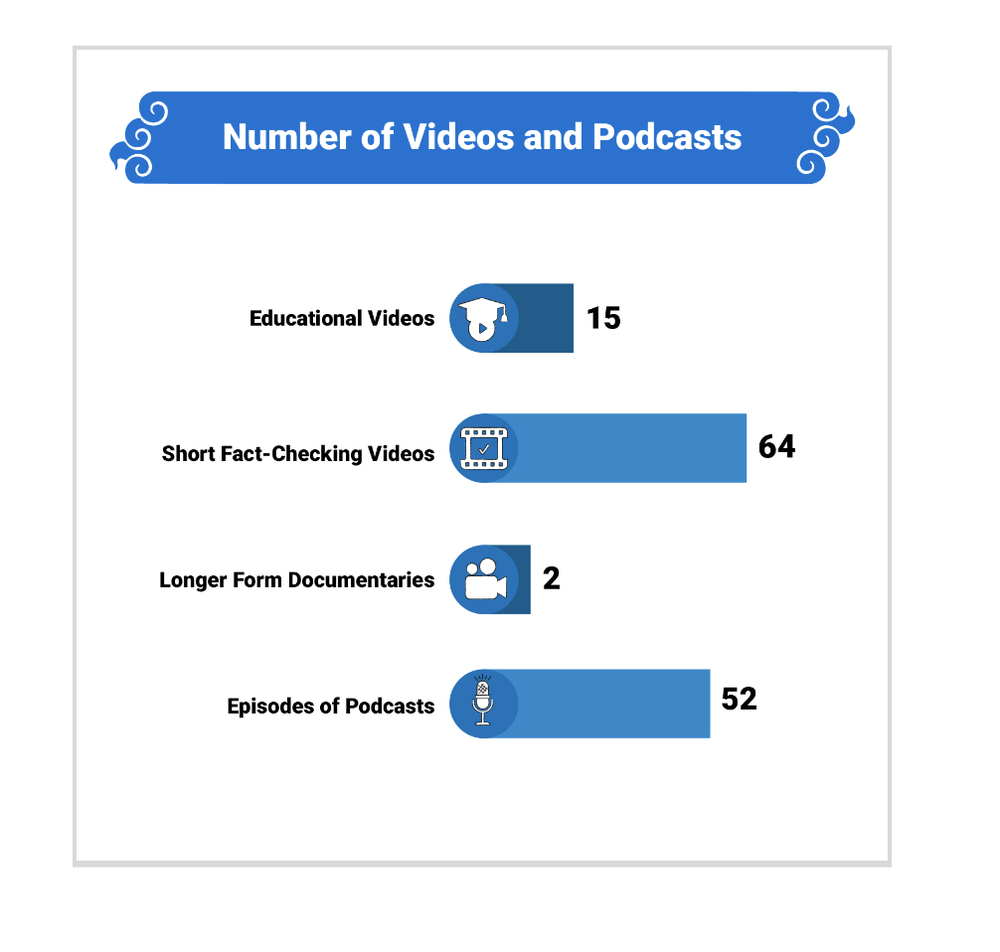
Identifying key misinformation spreaders amidst rising demand for factual content
In the past year, social media platforms, state-affiliated Iranian media, and government officials were the most fact-checked information sources on Factnameh. During the Zhina (Mahsa) Amini protests, a high amount of disinformation was disseminated by Iranian officials and state-affiliated media outlets to target the public opposition, while social media platforms served as battlegrounds for opposing narratives.
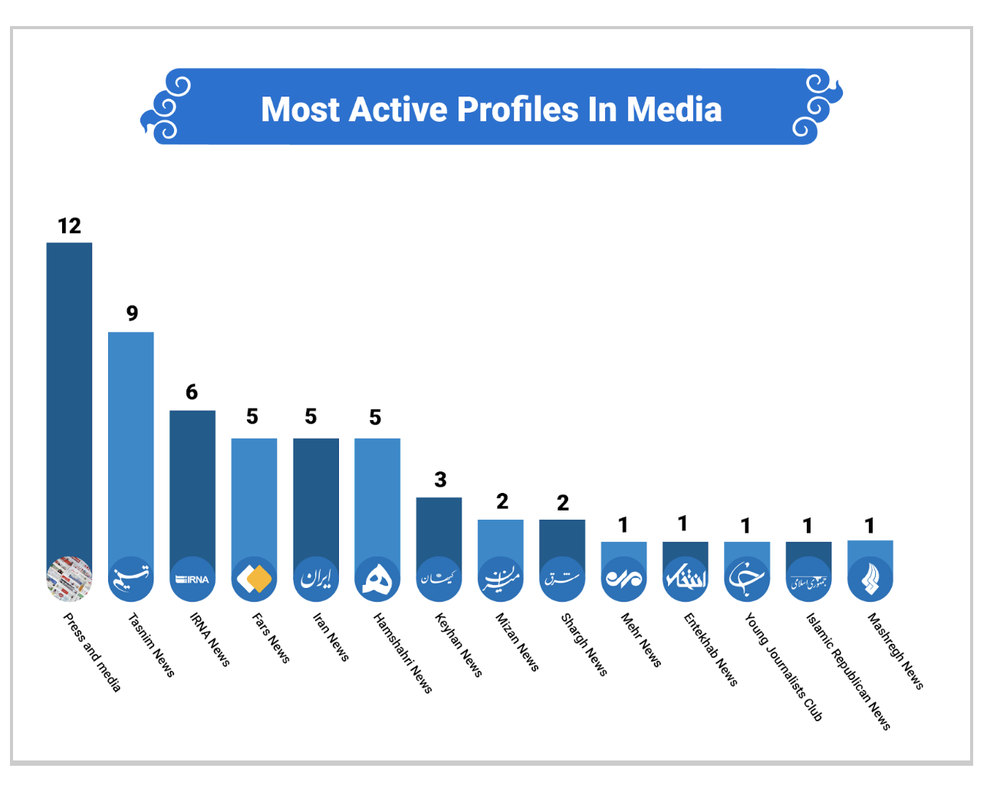
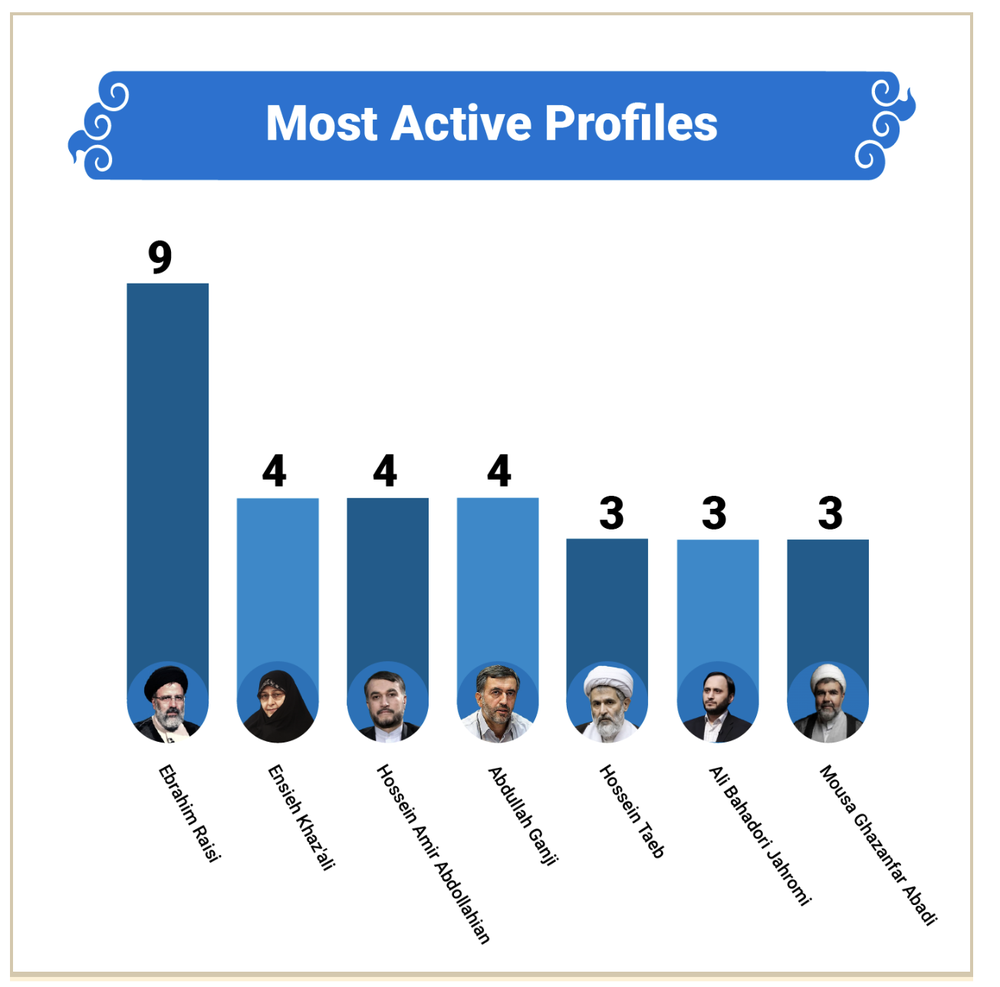
Factnameh's analysis identified various patterns and tactics utilized by these entities, including the spread of alternative narratives related to the killing of protestors. These narratives often focused on victims whose stories gained symbolic and emotional value through widespread sharing on social media.
As the information environment in Iran became increasingly shrouded in incomplete and misleading narratives, there has been a growing demand for factual content as shown in the increase in engagement on Factnameh's social media platforms. At the same time, Factnameh's weekly podcast, which summarizes fact-checks in an accessible fashion, saw a surge in downloads during the peak of the protests, reaching an average of 1,000 downloads per day.
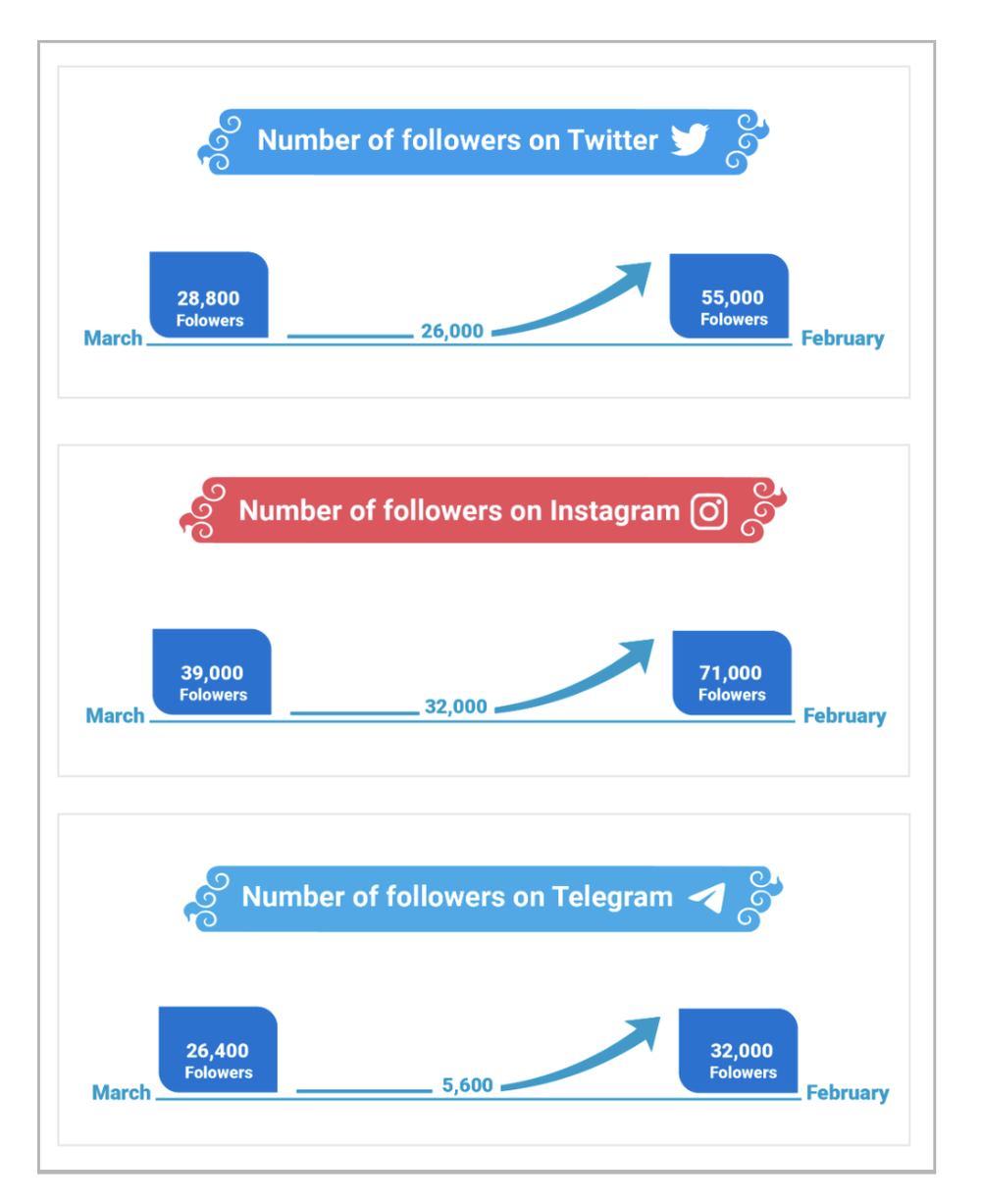
The most viewed content
Factnameh's most viewed fact-checks in the year 1401 were closely aligned with the significant events and issues that impacted Iran during that time. Respectively, the top three most viewed pieces were related to the Russian invasion of Ukraine, the Zhina (Mahsa) Amini protests, and internet shutdowns following the protests.
The most popular fact-check, "Russia-Ukraine war and the hot bed of fake news," focused on 13 commonly shared misinformation on social media about the war. The article remained the most popular fact-check for months throughout 1401. The second most viewed fact-check addressed the death of Khodanour Lajevardi, a 27-year-old protester who was injured during the Bloody Friday clashes in Zahedan and died after being transferred to the hospital. This fact-check explored the uncertainties surrounding his death and the events leading up to it. The third most viewed fact-check, published in October 2022, analyzed the practicality of using Starlink satellite internet in Iran amid increasing internet restrictions in Iran.
Editorial Picks
Looking back at all the fact-checks published in the year 1401, the Factnameh Editorial Team picked some of the most outrageous, challenging, and surprising articles of the year.
The most outrageous lie of the year goes to the collection of fact-checks about the Iranian government's denial of killing protesters. Despite overwhelming evidence, officials claimed that police and security forces did not use live ammunition and that no fatalities occurred.
- “Did Iranian police not have permission to carry firearms during the 1041 protests?”
- “Iran Newspaper’s outrageous claim that no protesters were killed in Iran”
- “False claim by government spokesperson about not using live ammunition against protesters”
- “Iranian MP’s outrageous claim about forces not using firearms”
- “What do we know about the death Khodanour Lajaei”
- “What do we know about the killing of Hadis Najafi in the Karaj protests?”
- “The outrageous claim by the head of the Alborz judiciary about the killing of Mehdi Hazrati in Karaj”
- “Facts and ambiguities about the case of Nika Shakermi”
- “Why do we doubt the accuracy of the police's claim about Mahsa Amini?
The most surprising fact-check of the year was related to the "Prophets' Parade.” Through our research, the Editorial team was surprised to discover that the ceremony is held in many cities in Iran, exceeding our initial expectation that it was a local small-town event.
The most challenging piece of misinformation to fact-check this year was our investigation into the properties of Iran's last king, the Shah. For decades, there have been various claims and materials that allege the Shah's assets and properties that were taken out of Iran. These claims came from sources in all directions, including individuals close to the Islamic Republic, the Shah's opponents, former associates of the Pahlavi family. In this article, we attempted to examine a collection of historical and reliable documents related to the matter to verify the accuracy of each claim.

